Este post também está disponível em:
Português
English
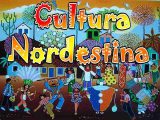
Northeastern culture is very diverse, as it has been influenced by indigenous peoples, Africans and Europeans.
Customs and traditions often vary from state to state.
Having been the first region to be effectively colonized by the Portuguese, back in the 16th century, who encountered the native populations there and were accompanied by Africans brought as slaves, the culture of the Northeast is very particular and typical, although extremely varied.
It has a Portuguese-Brazilian base, with major African influences, especially on the coast from Pernambuco to Bahia and the Maranhão, and Amerindians, especially in the semi-arid hinterland.
The cultural richness of the northeast region is visible beyond its folkloric and popular manifestations.
Northeastern culture has peculiar characteristics that are represented in various ways: handicrafts, cuisine, music, dance, rhythm, literature and theater, among others.
Watch the videos on “Origin, influence and richness of Northeastern culture”
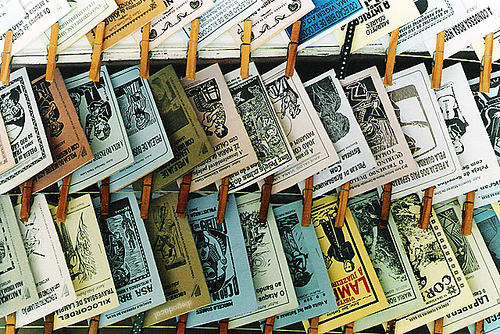

Literatura de Cordel
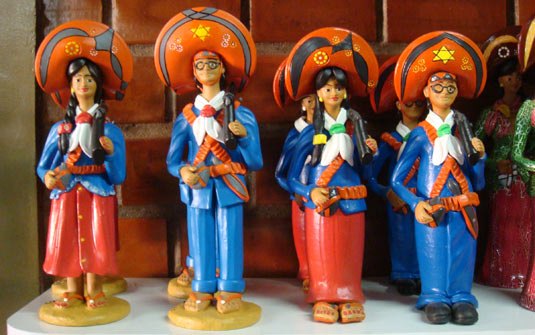
Centro de Artesanato de Pernambuco
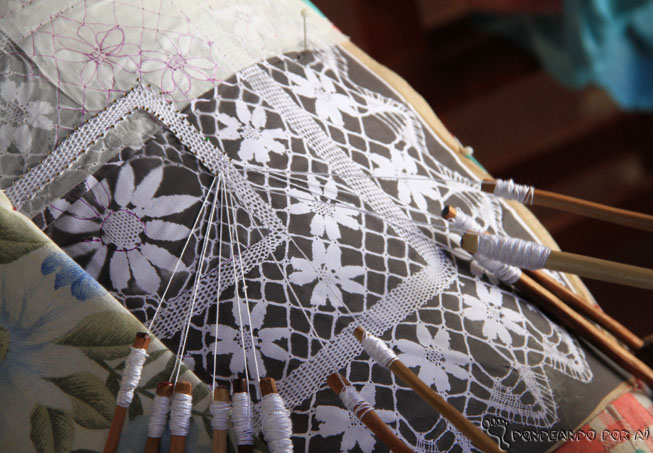
Renda de Bilro em Aquiraz
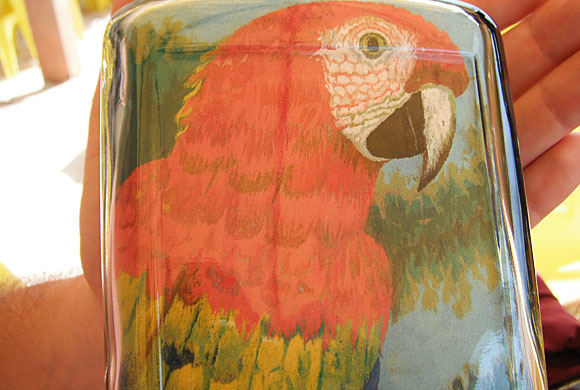
Garafas de Areia Coloridas de Majorlandia
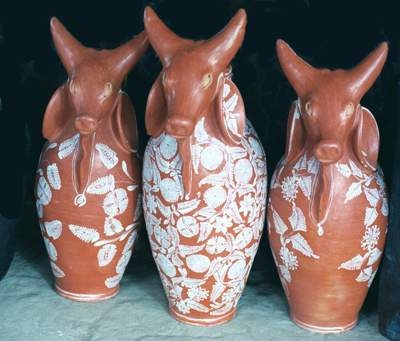
Artesanado de Maragogipinho
NORDESTINIAN CULTURE IS COMPOSED
See also Evolution and History of Plastic Arts in the Northeast
NORTHEASTERN LITERATURE
The Northeastern literature has made a great contribution to the Brazilian literary scene, with names such as João Cabral de Melo Neto, José de Alencar, Jorge Amado, Nelson Rodrigues, Rachel de Queiroz, Gregório de Matos, Clarice Lispector, Graciliano Ramos, Ferreira Gullar and Manuel Bandeira, among many others.
In the literature of northeastern culture, we can mention the popular literature of cordel, which dates back to the colonial period (cordel literature came with the Portuguese and has its origins in the European Middle Ages) and numerous artistic manifestations of a popular nature that are manifested orally, such as the singers of repentes and embolada.

In classical music, Alberto Nepomuceno and Paurillo Barroso stood out as composers, as does Liduíno Pitombeira from Ceará today, and Eleazar de Carvalho as a conductor.
Northeastern rhythms and melodies have also inspired composers such as Heitor Villa-Lobos (whose Brazilian Bachiana No. 5, for example, in its second part – Dança do Martelo – alludes to the backlands of Cariri).
NORDESTINIAN POPULAR MUSIC
The popular music in northeastern culture includes rhythms such as coco, xaxado, martelo agalopado, samba de roda, baião, xote, forró, Axé and frevo, among other rhythms.

The Armorial movement in Recife, inspired by Ariano Suassuna, did an erudite job of valuing this popular rhythmic heritage from the northeast (one of its best-known exponents is the singer Antônio Nóbrega).
NORDESTINE DANCE
The dances of northeastern culture include maracatu, practiced in various parts of the Northeast, frevo (characteristic of Pernambuco), bumba-meu-boi, xaxado, various variants of forró, tambor-de-crioula (characteristic of Maranhão), samba de roda etc. Folk songs are almost always accompanied by dances.
As well as the dances, the costumes also stand out, such as the traje das baianas.
Northeastern craftsmanship
The craftsmanship in Northeastern culture is also a relevant part of cultural production in the Northeast, and is even the livelihood of thousands of people throughout the region.
Due to the regional variety of handicraft traditions, it is difficult to characterize them all, but the following stand out: hammocks woven and sometimes embroidered with many details; products made from clay, wood (for example, from the carnauba tree typical of the sertão) and leather, with very particular features; as well as lace, which has gained prominence in Ceará’s handicrafts.
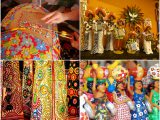
Another highlight are the bottles with images handmade in colored sand, an item produced for sale to tourists.
In Maranhão, handicrafts made from buriti fiber (palm tree) stand out, as do handicrafts and products from babaçu (palm tree native to Maranhão).
NORTHEASTERN CULINARY
The Northeastern cuisine is varied, almost always reflecting the economic and productive conditions of the various geo-economic landscapes of this region.
Northeastern cuisine is strongly influenced by its geographical and economic conditions throughout history, as well as by the ancient mixture of Portuguese, indigenous and African cultures, which began in the 16th century.
The food almost always has plant products as ingredients – often cultivated by the Indians long before Portuguese colonization – cattle and goat meat, fish and seafood, varying greatly from region to region, according to their particular characteristics.
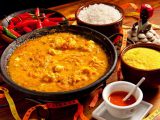
Characteristic dishes of the Northeast include tapioca, vatapá, moqueca (both with seafood and palm oil), baião de dois (made of rice and beans, with several varieties, usually also including dried meat, curd cheese, butter or cream), acarajé (a dumpling of white beans and onion fried in palm oil stuffed with shrimp, red pepper, listed by the National Historical and Artistic Heritage Institute as intangible heritage in 2004, mugunzá (made from beans and corn, sweet in some areas and salty with sausage in others), caruru (okra and cashew nuts, prawns, pepper and garlic), a delicacy of indigenous origin adapted by the slaves in the mills and served to the orishas, and sarapatel.
Other traditional foods are farofa, paçoca, canjica, pamonha, carne-de-sol, rapadura, buchada de bode, oqueijo coalho, siquilho, alfinim, panelada, maria-isabel, boiled mutton and galinha à cabidela.
A cake originally from Pernambuco, but which later spread throughout the country, is bolo de rolo, made with wheat flour and filled.
In Maranhão, cuxá was developed on the basis of an African herb, vinagreira, as well as caruru and língua-de-vaca, another herb.
The African influence extends mainly along the coast from Pernambuco to Bahia.
On the rest of the coast and inland, there is less influence from African cuisine. On the coast, seafood is common, and throughout the region, tropical fruits.
The best known are mangoes, papayas, guavas, oranges, passion fruit, pineapples, fruta-do-conde, and cashews (the fruit and the nut), but more exotic fruits such as cajá, seriguela, cajarana, pitomba and buriti are also widely consumed.
The pequi is also common in some parts of the Northeast, such as the south of Ceará, and is used in regional foods.
Several varieties of jam are commonly produced from these tropical fruits, as well as mousses and cakes.
Seafood and fish are widely used in coastal cuisine, while in the sertão, recipes using meat and derivatives from cattle, goats and sheep predominate.
Even so, there are several regional differences, both in the variety of dishes and in the way they are prepared (for example, in Ceará, mugunzá – also called macunzá or mucunzá – is predominantly salty, while in Pernambuco, sweet is predominant).
In Bahia, the main highlights are foods made with palm oil and shrimp, such as moquecas, vatapá, acarajé and bobós; however, foods accompanied by pirão such as mocotó and rabada and sweets such as cocada are no less appreciated.
In Maranhão, cuxá, arroz de cuxá, bobó, peixe pedra and torta de camarão (shrimp pie) stand out, in true Maranhão style.
Also noteworthy in Maranhão is the soft drink Jesus or Guaraná Jesus, which is Maranhão heritage.
The bolo-de-rolo is an intangible heritage of Pernambuco.
Some typical foods of the Northeastern cuisine are: baião-de-dois, carne-de-sol, queijo de coalho, vatapá, acarajé, panelada and buchada, canjica, beans and coconut rice, green beans and sururu, as well as various sweets made from papaya, pumpkin, oranges, etc.
Some regional fruits – not necessarily native to the region – are ciriguela, cajá, buriti, cajarana, umbu, macaúba, the Maranhão fruits juçara, bacuri, cupuaçu, buriti, murici and pitomba, as well as others that are also common in other regions.
See more in the menu at “Composers and Biographies” or “Culture, History and Religion in Salvador and Bahia”
Origin, influence and richness of Northeastern culture
Tourism and Travel Guide to the Northeast



















